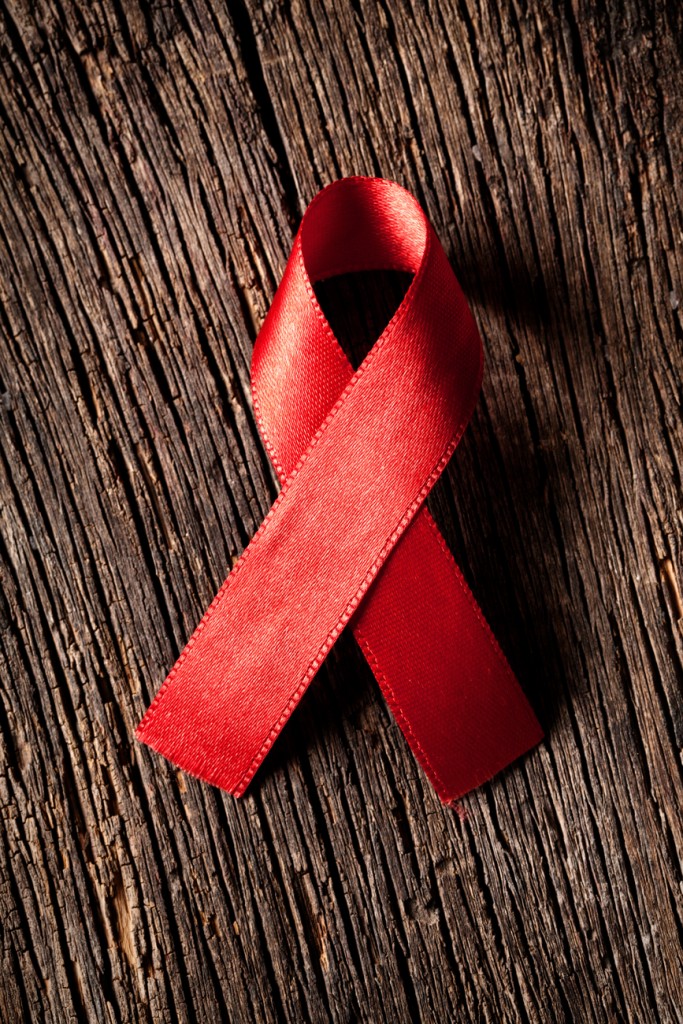90-90-90 Program: UNAIDS Treatment Plan for HIV
Research has uncovered information about HIV that has allowed progress to be made in the battle against this terrible disease. Vaccines and new approaches in medicinal therapies are being developed and tested. This process, as promising as it is, could take years before producing anything of use to the public. Despite these scientific breakthroughs, there are still pressing matters needing immediate attention. In an effort to address these matters, UNAIDS has move forward with a treatment plan called the “90-90-90” program might be implemented on a worldwide scale. But the 90-90-90 program has some obstacles to overcome—the largest one being the cost.
What Is the 90-90-90 Program?
The 90-90-90 program has three main objectives. First, to give a diagnosis to 90% of individuals with an HIV infection. The second goal is starting 90% of HIV-positive patients on antiretroviral therapy. The third objective is to have 90% of those on antiretroviral medications achieve viral suppression (making viral presence undetectable). The program has high aspirations that, if achieved, could mean a significant effect on the increasing number of new infections every year. Another byproduct of the program would be fewer children orphaned by the devastating effects of HIV and AIDS. It is hoped that with early detection and immediate treatment, more lives will be saved. The number of infections transmitted would be reduced as well if treatment was adhered to, and viral loads were sufficiently reduced.
Computer models have been used to help predict the results that this program would have over the next five to ten years. The 90-90-90 program would potentially prevent over 2 million new infections. Over 1.5 million children would not have to face the prospect of being orphaned. Millions of lives would be saved. What stands in the way of the program being set up around the world?
Money. The cost is very high, by some estimates over 40% more than what is currently being spent on similar efforts—bringing the total to $54 billion. Based on computer simulations, the program could be enough to bring the epidemic caused by HIV to an end. So while it would be an expensive venture, experts agree that the benefits would be worth it.

